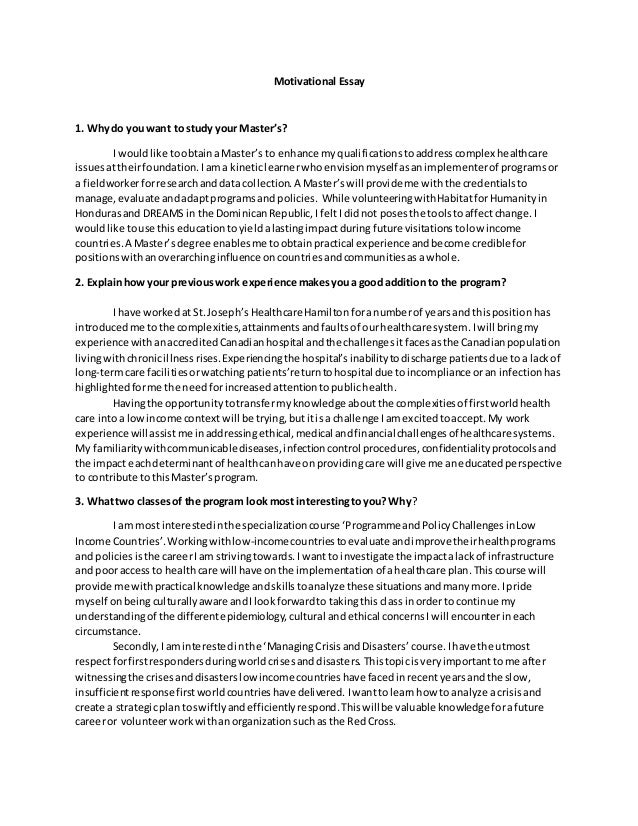
Taylor’s Theory of Motivation
Taylor’s Theory of Motivation. Taylor’s Theory of Motivation helpfully explores the relationship between pay and motivation due to its focus on the “economic individual” motivated by the desirable level of remuneration. The Taylor’s theory of motivation is one of the earliest theories of motivation, developed in the first decade of the 20th blogger.comted Reading Time: 12 mins · Significant content theories of motivation include •Maslow’s hierarchy of needs •Alderer’s modified need hierarchy model •Herzberg two factor theory. •McClelland’s achievement motivation theory · This essay would seek to discuss and reflect on how the different theories on motivation would help guide the activities I partake in and experiences while at university. I shall draw on motivational theories such as Maslow’s hierarchy of needs and the Intrinsic and Extrinsic theory to help demonstrate why I believe some university activities or experiences Estimated Reading Time: 10 mins
Introduction
· The theories give the idea of how a manager's belief of what motivates his or her group members affects the way he or she behaves. By considering how your thoughts on about employees’ motivation can influence your management style, one can familiarize themselves with the approach to managing people more successfully · In this section, there are four prominent content theories of work motivation which will be analysed. The first two theories – Maslow’s hierarchy of needs and Alderfer’s existence-relatedness-growth (ERG). Abraham Maslow is a humanistic psychologist that developed a theory of personality, which is valuable in the field of employee motivation Expectancy Theory points to the relationship between motivation and outcome (“Expectency Theory” n.d.). Essentially, the theory states that people will work hard when they expect the outcome of their hard work to be positive (“Expectency Theory” n.d.). As such, expectancy theory states that motivating people should come down to three things (“Expectency

A Short Overview of Motivation and Motivational Theories
Taylor’s Theory of Motivation. Taylor’s Theory of Motivation helpfully explores the relationship between pay and motivation due to its focus on the “economic individual” motivated by the desirable level of remuneration. The Taylor’s theory of motivation is one of the earliest theories of motivation, developed in the first decade of the 20th blogger.comted Reading Time: 12 mins · In this section, there are four prominent content theories of work motivation which will be analysed. The first two theories – Maslow’s hierarchy of needs and Alderfer’s existence-relatedness-growth (ERG). Abraham Maslow is a humanistic psychologist that developed a theory of personality, which is valuable in the field of employee motivation · Significant content theories of motivation include •Maslow’s hierarchy of needs •Alderer’s modified need hierarchy model •Herzberg two factor theory. •McClelland’s achievement motivation theory

Theories of Motivation – Elton Mayo
· Some of the common hypotheses used to explain motivation include the drive or needs theory and arousal theory. According to the drive theory of motivation, human beings have needs that must be met in order to have the required level motivation (Beck ). There are five levels of human needs, namely psychological, safety, social, admiration · This essay would seek to discuss and reflect on how the different theories on motivation would help guide the activities I partake in and experiences while at university. I shall draw on motivational theories such as Maslow’s hierarchy of needs and the Intrinsic and Extrinsic theory to help demonstrate why I believe some university activities or experiences Estimated Reading Time: 10 mins · Significant content theories of motivation include •Maslow’s hierarchy of needs •Alderer’s modified need hierarchy model •Herzberg two factor theory. •McClelland’s achievement motivation theory

References
· The theories give the idea of how a manager's belief of what motivates his or her group members affects the way he or she behaves. By considering how your thoughts on about employees’ motivation can influence your management style, one can familiarize themselves with the approach to managing people more successfully The four motivation theories are Biological theory, Psychosocial theory of motivation, Biopsychosocial, and Achievement theory. Everyone has their own motivation in life for continuing education, and career choices. Each person also has Intrinsic and Extrinsic motivators. Intrinsic is an internal motivation for self satisfaction · Significant content theories of motivation include •Maslow’s hierarchy of needs •Alderer’s modified need hierarchy model •Herzberg two factor theory. •McClelland’s achievement motivation theory
No comments:
Post a Comment